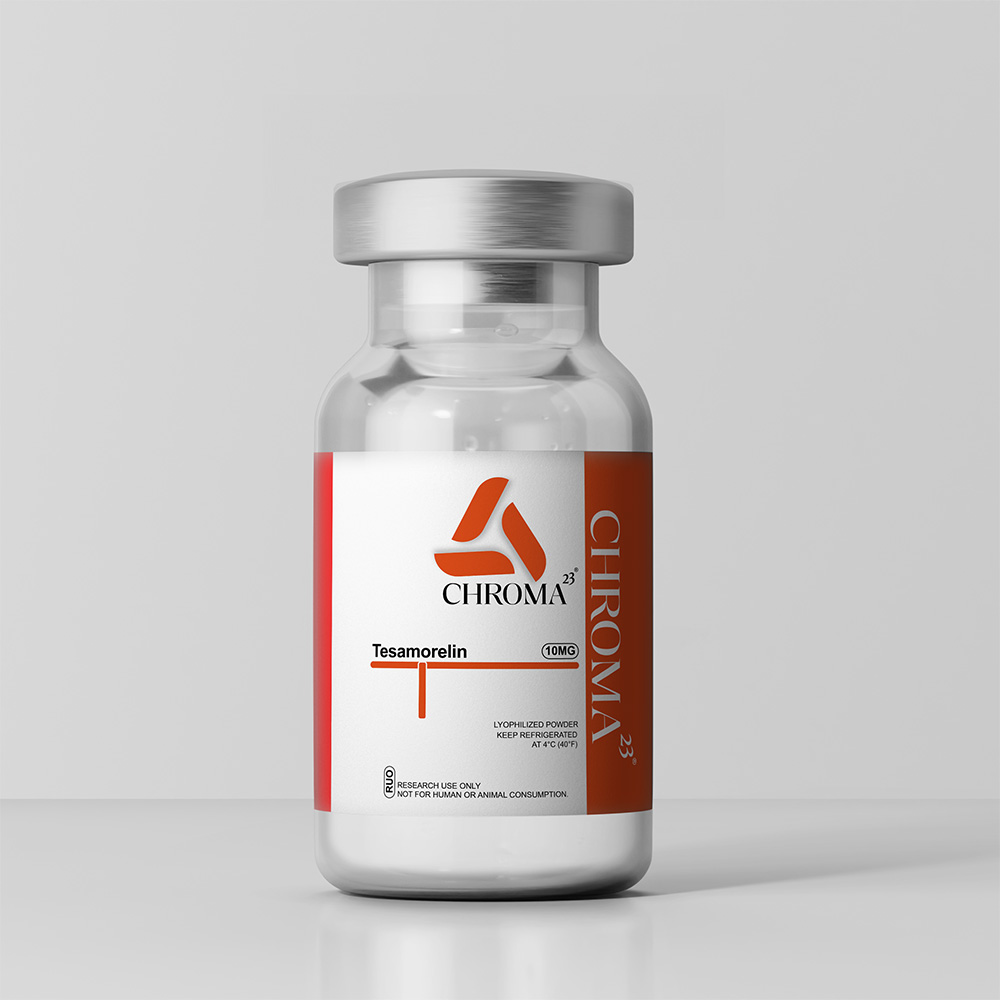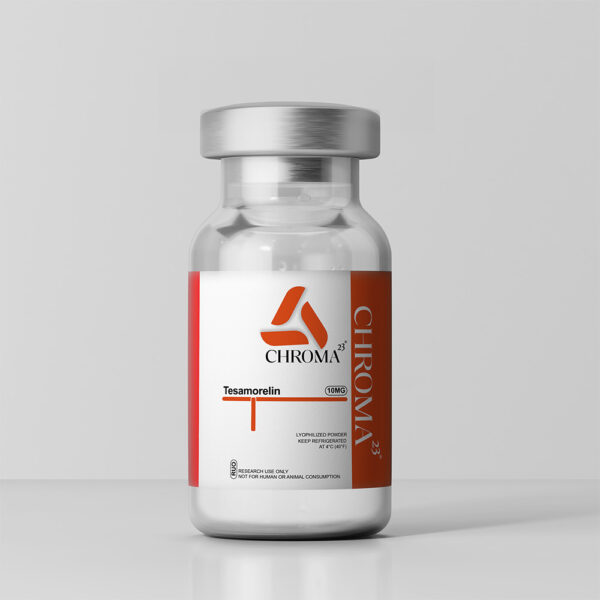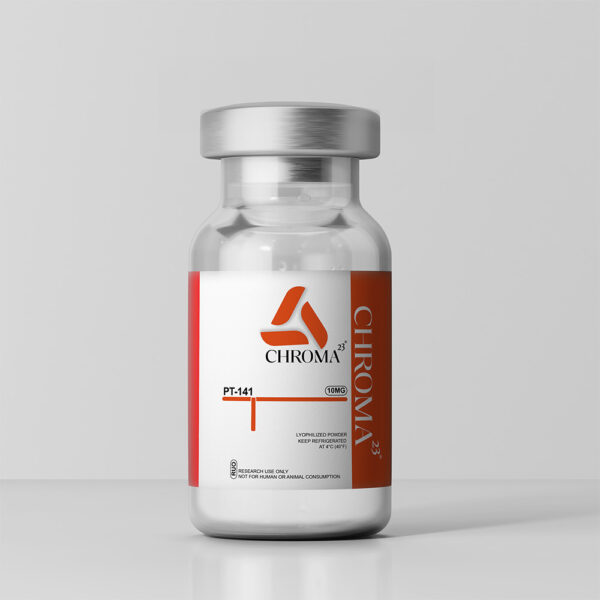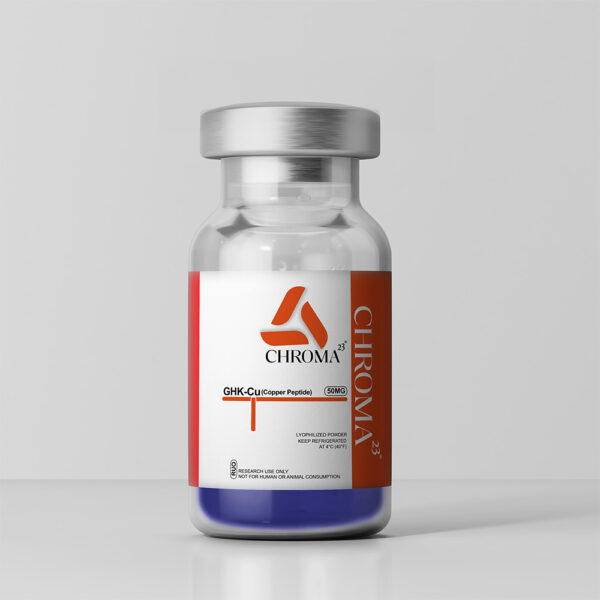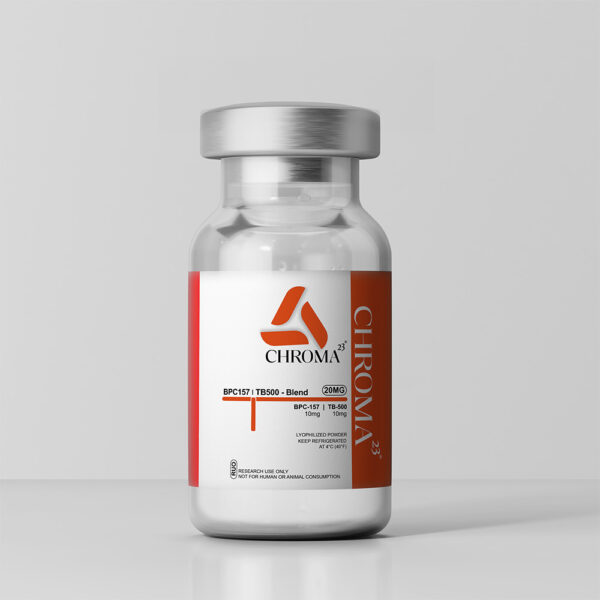Tesamorelin is a synthetic analogue of growth hormone-releasing hormone (GHRH) that consists of a chain of 44 amino acids. Its primary mechanism of action involves stimulating the anterior pituitary gland to release endogenous growth hormone (GH). The released GH subsequently stimulates the production of insulin-like growth factor 1 (IGF-1), which plays a vital role in muscle growth, tissue repair, and the regulation of various metabolic functions.
Originally developed for the treatment of HIV-associated lipodystrophy—a condition characterized by abnormal fat distribution—Tesamorelin has also been the subject of research exploring its potential to reduce visceral fat. Visceral fat is known to contribute to metabolic disorders, such as insulin resistance, cardiovascular disease, and type 2 diabetes. Tesamorelin’s ability to target visceral fat has made it a valuable peptide in studies of obesity and metabolic disease.
In addition to its fat-reducing effects, Tesamorelin has been studied for its potential to enhance muscle mass and improve overall metabolic health. It is believed that by stimulating GH and IGF-1 release, Tesamorelin can support protein synthesis and cellular regeneration, making it a promising tool for research into sarcopenia and muscle wasting conditions.
Tesamorelin has also gained attention in the field of aging research. As GH levels naturally decline with age, Tesamorelin has been explored for its potential to restore GH function and counteract age-related declines in muscle mass, bone density, and metabolic function. By stimulating the release of GH, Tesamorelin could potentially help in mitigating some of the effects of aging, such as decreased muscle strength, increased fat accumulation, and metabolic inefficiency.
Furthermore, Tesamorelin has been used in research involving the hypothalamic-pituitary-gonadal axis, where it helps to investigate hormonal feedback loops and the body’s response to various stimuli. Its effects on metabolic and regenerative processes, as well as its potential to support healthy aging and fat metabolism, make it an essential peptide in cutting-edge scientific research.
This 20mg formulation of Tesamorelin is designed for research-grade studies and is carefully manufactured to ensure the highest standards of purity and consistency. It should be reconstituted with sterile water and used in controlled laboratory settings for in vitro or in vivo experiments.
Note: This product is intended for research purposes only. It is not for human or veterinary use.

